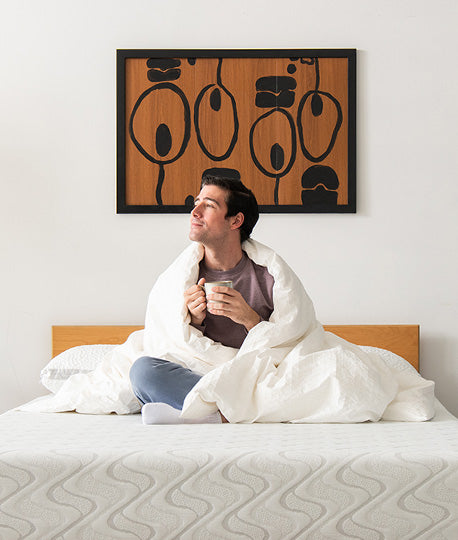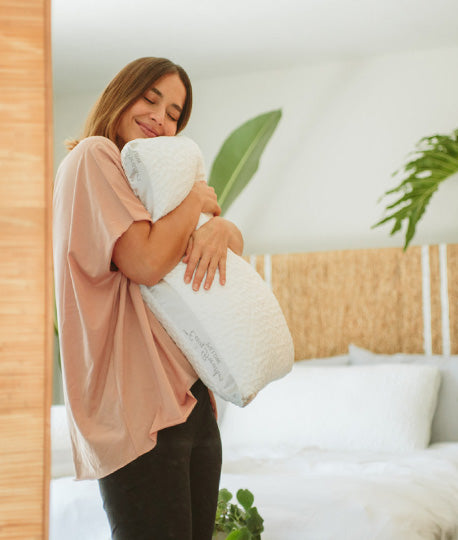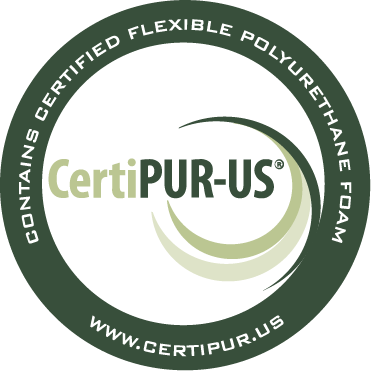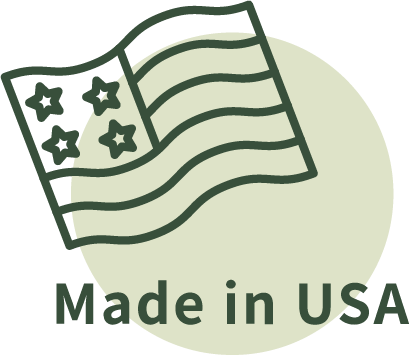The lovely young woman came to our store and, after telling me she was looking for a memory foam mattress on sale, informed me that the place down the street she just left told her their foam was resistant to dust mites.
A comfort layer exchange you can redeem once, at any time, to alter the feel of your mattress or to increase its lifespan (this option saves you time and money while reducing waste).
Mother's Day Deals
Enjoy Up To 50% Off
Luxury Mattresses
Subscribe for upcoming news & perks


…are a side sleeper.
…are looking for pressure point relief and gentle support.
…are a lighter sleeper, under 140 lbs.
…know plush is right for you and prefer a soft mattress.
…are a combination sleeper, back and side sleeper.
…want to feel supported by your mattress, with a little give.
…are an average weight.
…are not sure which feel to choose. Medium is our most popular!
…mainly sleep on your back or stomach.
…are a side or back sleeper who require additional lumbar support.
…recommended to, by a medical professional.
…prefer a firm sleeping surface, with a plush pillow top.
Back sleepers typically wake up in the morning on their backs.
Side sleepers will generally spend the most time sleeping on their left side
Stomach sleepers gravitate towards firm surfaces.
Combination sleepers are a mix of many sleep positions.
If you are not quite sure which mattress fits your sleep style, don't worry. Speak with an Expert Nestologist today!
Our US made hybrid mattresses are constructed with individually wrapped coil systems that relieve pressure and add extra support to the edge of the bed.
Engineered to with improved responsiveness and to regulate heat more efficiently.
Traditional foam that is much softer, designed to relieve pressure points and conform to your body.
Durable, Relieves Pressure Points, Responsive, Natural Material. Organic mattresses are Global Organic Latex Standard certified that the organic latex used in our products contain more than 95% of certified organic raw latex.
Soft, durable wool sourced from New Zealand and Certified Organic Cotton. We use organic materials in our Natural mattresses. Our Organic mattresses meet Global Organic Textile Standard (GOTS) requirements; ensures that organic cotton and organic wool used in our products are free from harmful chemicals.
Our luxury hybrid mattresses are available in dual firmness. Either side of the mattress can be customized to the sleeper; ideal for couples who can't make up their mind.
Two Nest Bedding mattresses are flippable. Not sure which firmness you'll want, then this is a great fit.
It’s our hope that more companies will focus on making sustainable products in the future. Until then, you can rely on Nest Bedding to make sustainable, environmentally-friendly bedding. Read more
By submitting I consent to receive recurring automated marketing by text message through an automatic telephone dialing system. Consent is not a condition to purchase. Message and Data rates may apply. Opt-Out by texting STOP.
A little bird told us you live near a Nest Bedding showroom.
"We ordered the medium firmness and it wasn't firm enough. Ordered the insert and the bed is perfect now. The customer service was excellent. Very responsive and willing to work with you to make the bed just right. We worked with Zachary; he was great!"
We are an expert sleep company, based here in the USA, available 7 days a week, 12 hours a day.
Nest Bedding Awards & Certifications




The lovely young woman came to our store and, after telling me she was looking for a memory foam mattress on sale, informed me that the place down the street she just left told her their foam was resistant to dust mites.
Our experts can help you choose
the perfect mattress. (888) 992-2001
California State Law requires retailers to collect a small amount on every mattress sold to support the state’s recycling programs.
Connecticut State Law requires retailers to collect a small amount on every mattress sold to support the state’s recycling programs.
Rhode Island State Law requires retailers to collect a small amount on every mattress sold to support the state’s recycling programs.
